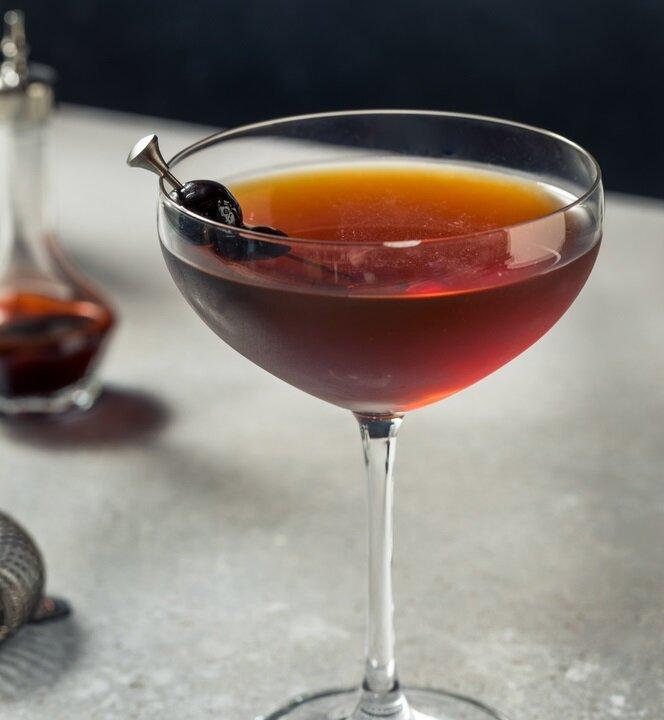While it’s certain this cocktail came from New York’s most famous borough—as opposed to the Brooklyn, Queens, Bronx, or Staten Island cocktails—there are varying specifics.
Creation credit often goes to Dr. Iain Marshall, who, in 1874, allegedly mixed one up on behalf of presidential candidate Samuel J. Tilden at a party at the Manhattan Club in New York hosted by Winston Churchill’s mother. However, this would have been difficult considering that she was in England at the time, far along in a pregnancy, and so would have had to attend by Zoom—or rather, transatlantic mail, I suppose.





